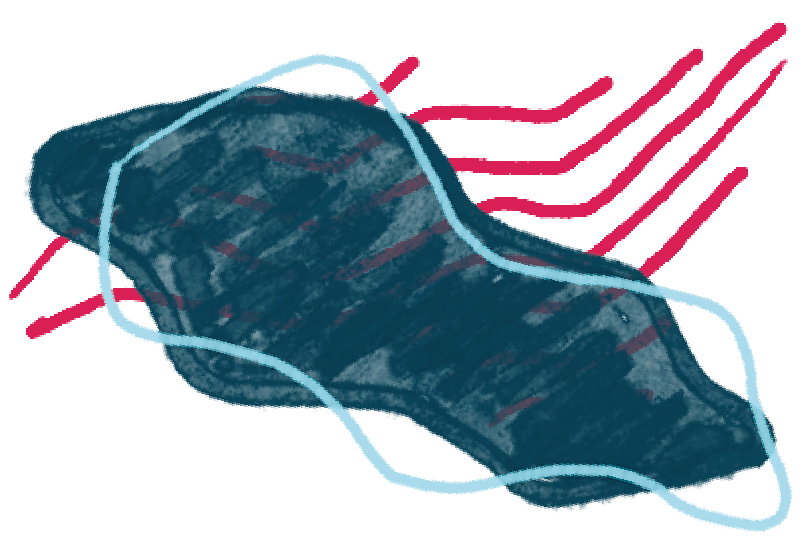Before booking localization services, companies usually allocate a budget for localization services. This budget is something they have to keep an eye on when they’re selecting the localization vendor, as well as once they start sending projects. It’s only logical to want to make the most of that budget, so keep reading for insight into four helpful tips for saving money during a localization project.
Finalize the Source Content

First things first, it’s a good idea to double-check that the content you are about to begin localizing is in fact the final version of the content. That way, you won’t have to go back later to make changes when the source material is updated.
If you send your localization team new content after they begin working, this will lead to spending more money and will extend the localization timeline.
Prepare a Localization Kit
It’s true that creating a localization kit is an extra step to take before you start a localization project, but the work you put in upfront can save you money down the road. When you create a thorough localization kit, you give your localization team everything they need to succeed from the start. This helps prevent roadblocks that can cost more money to fix.
Avoid Manual Processes
Technology can help you save both time and money. For example, you can use technology to avoid manually exporting and converting files.
Traditionally, localization involved extracting the content that required translation. It can take hours and possibly even days to collect the required content for a localization project. Once collected, you would transfer that content to a central document—such as a spreadsheet or Word document—and then send it to the translators to work on.
Once fully translated, you would send this central document to the developers to upload back into the product. This process can be very time-consuming and error-prone. When you use a localization platform, you can do your work in a consolidated place that encourages collaboration and that reduces human errors.
Employ Experienced Professionals
All localization projects have varying budgets and it’s important to be mindful of the budget in place. That being said, while it may be tempting to choose the least expensive localization partner, you need to make sure that partner can deliver the quality you’re looking for. When you choose the wrong partner, you risk running into issues such as having to delay your campaign or product launch. You may also spend more time fixing mistakes or may incur fines due to incorrect translations. Not to mention, you risk harming the public perception of your brand. Point being—it’s important to always employ experienced translation professionals.
The Takeaway
There are quite a few steps you can take to save money during the localization process all while ensuring you’re working towards a quality end product. It’s important to note that if you are in the midst of a localization project right now, it’s not too late to incorporate some of these tips.

















































